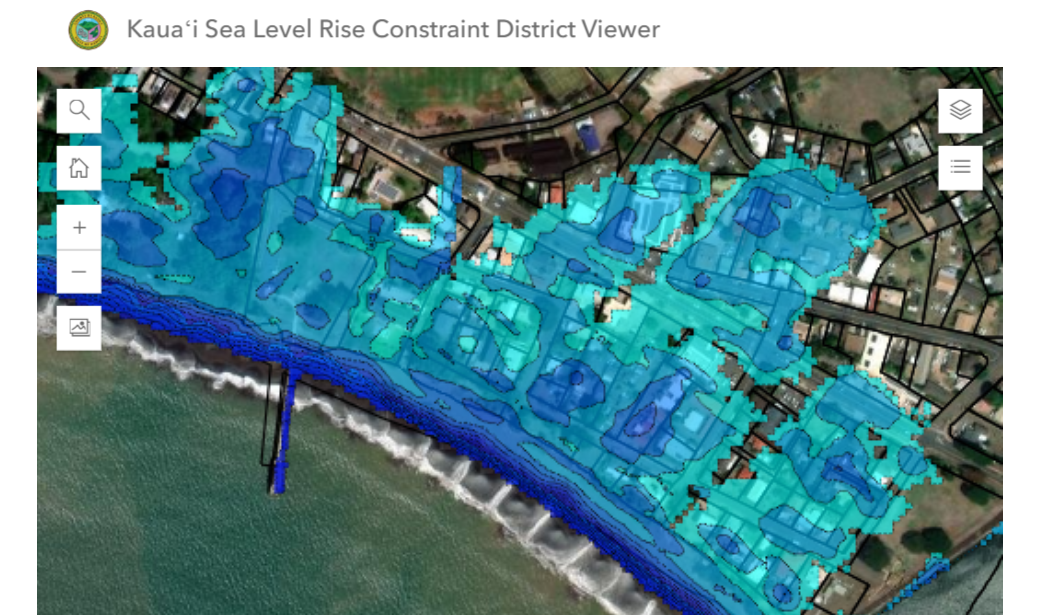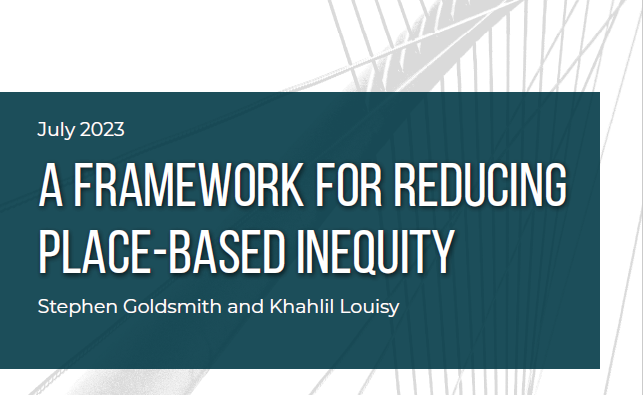- October 2, 2017
- Data Visualization
Complementing Harvard’s Map of the Month series, each week, Map Monday highlights a data visualization that enhances understanding of or helps resolve a critical civic issue.
While quality roads, appealing architecture, and effective public transportation have long been hailed as catalysts of economic growth, policymakers have paid little attention to industrial infrastructure’s arboreal counterpart: trees.
The Urban Forest Map—a visualization of every tree in San Francisco—seeks to change that. It turns out that trees too have economic and environmental benefits via their capacity to conserve energy, filter stormwater, capture air pollutants, and remove carbon dioxide from the environment. With the help of local non-profit Friends of the Urban Forest and tree inventory specialists ArborPro and Davey, the city calculated and mapped the economic and environmental value of each tree in the city in order to remind policymakers and residents alike of these often-overlooked benefits.
To complete the tall task of mapping every tree in the urban landscape, the city deployed a team of certified arborists in January 2016. By January 2017, the team had identified the exact location, species, and current condition of 124,795 street trees—more than 20,000 more than previous estimates—as well as 40,000 vacant sites for future plantings. The Urban Forest Map relies on crowdsourcing to fill in any gaps in the data collected by the city, allowing users to add new trees as well as document stewardship activities like watering or pruning. And, as a means of appealing to residents on a more personal level, each tree also has its own page and users are encouraged to upload photos to help tell trees’ stories.

The map shows that San Francisco’s trees provide significant value to the city. Drawing on the expertise of ArborPro and Davey, the city was able to estimate the energy conserved, stormwater filtered, air quality improved, carbon dioxide removed, and carbon dioxide stored by each tree, which the city then aggregated in a rating of total annual benefits in terms of dollars saved. Taken together, the city’s arboreal infrastructure saves more than $2.3 million per year, conserves more than 12 million kWh/year of energy, filters more than 100 million gallons of water, improves air quality by 55,000 lbs/year, removes 19 million lbs/year of carbon dioxide and stores 77 million lbs of carbon dioxide. For comparison, the average American home consumes around 11,000 kWh/year of energy and the average car emits around 10,000 lbs of carbon dioxide each year.

Thanks to this visualization, San Francisco policymakers and residents are more aware of the value of the city’s trees and can make more informed conservation efforts. And, the Urban Forest Map comes at a critical time for San Francisco’s arboreal assets following the passage of Proposition E in November of 2016, which transferred street tree maintenance responsibility from private property owners to the Department of Public Works (DPW). Using the map, DPW employees can better track the location and condition of the city’s trees, improve their tree and sidewalk maintenance, and promote public stewardship of the city’s urban forest.
The Urban Forest Map improves awareness of and enables better maintenance of an often-forgotten part of the urban landscape. It is a timely reminder of the need to attend to our natural environment, for its benefit and our own.


 Chris Bousquet is a PhD student in philosophy at Syracuse University. Prior to that, Chris was a Research Assistant/Writer for Data-Smart City Solutions. Chris holds a bachelor’s degree from Hamilton College.
Chris Bousquet is a PhD student in philosophy at Syracuse University. Prior to that, Chris was a Research Assistant/Writer for Data-Smart City Solutions. Chris holds a bachelor’s degree from Hamilton College.


